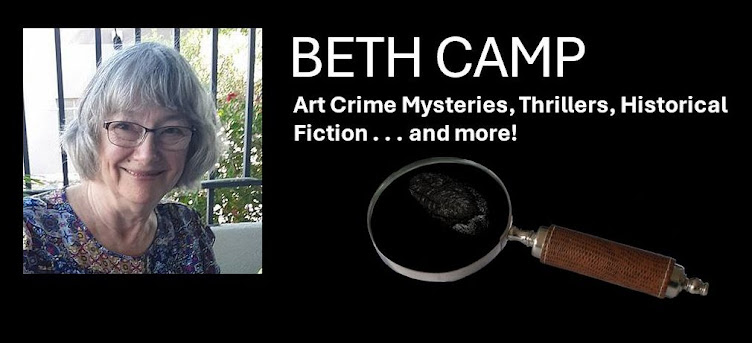I’m sitting
in the roof garden
of the
colonial house we rented here in Mérida,
a snowbird
from the dry, cold lands of the north,
listening to
an anonymous neighbor play
random
classical piano, the notes filling the air,
as swifts
and an occasional pigeon fly above me
in the
cooling evening winds.
Our rented
house is built of Maya stone.
Inside,
thick-cut square blocks frame doors,
exposed
walls of rubble stretch to ceilings,
fans circle
slowly, and
twenty feet
above me, railroad ties
hold up the
roof. When it’s too hot and humid,
a dipping
pool awaits.
This house
rests on history, as does the city:
in 1542,
Francisco de Montejo ordered the temples of T'hó
torn down,
its hand-carved
stones used to build Spanish palaces,
European
style, superimposed on the same square,
under the
same sun;
the Maya and
their children, enslaved and slaughtered,
their
precious books burned,
of thousands
of codices, only four survive,
as did the
Maya through the rise and fall of henequén
plantations.
Today, this
sad history plays out on the walls of the Governor’s Palace,
Castro
Pacheco’s massive murals, perhaps inspired by Diego Rivera,
teach us the
brutality of colonialism.
Yet, the
people,
descendants
of Spaniards and Maya, mixtos,
welcome
temporary visitors, expats, and short-timers.
We visit
what remains of the old cities of the Maya,
stand in awe
under the ceibo tree and swim in cenotes.
Museums
carefully display artifacts, a replica of a codex,
weather-worn
stone gods, with notes in Spanish, English, and Mayan.
Some of the
old mansions in the Centro are
restored, some yet crumble,
their rock
roots revealed. And, as the night sky descends,
cloud
jaguars race from the west along the horizon.
 |
| House of the Artists, Merida (February 2018) |
 |
| Merida Central Plaza (February 2018) |
But I left out one of the most amazing cuisines: Yucatecan food. Mayan tradition. Delicious. Mexican pastries from the local bakery (our favorite, something we dubbed 'cheeseballs', a ball of pastry wrapped around a kind of cream cheese). And another favorite for breakfast: Motuleños. Eggs over black beans, tortillas, topped with rich goat cheese and a mild tomato sauce. This dish, prepared by the fabulous cooks at Maiz, Canela, y Cilantro, is served with sauteed plantains.



